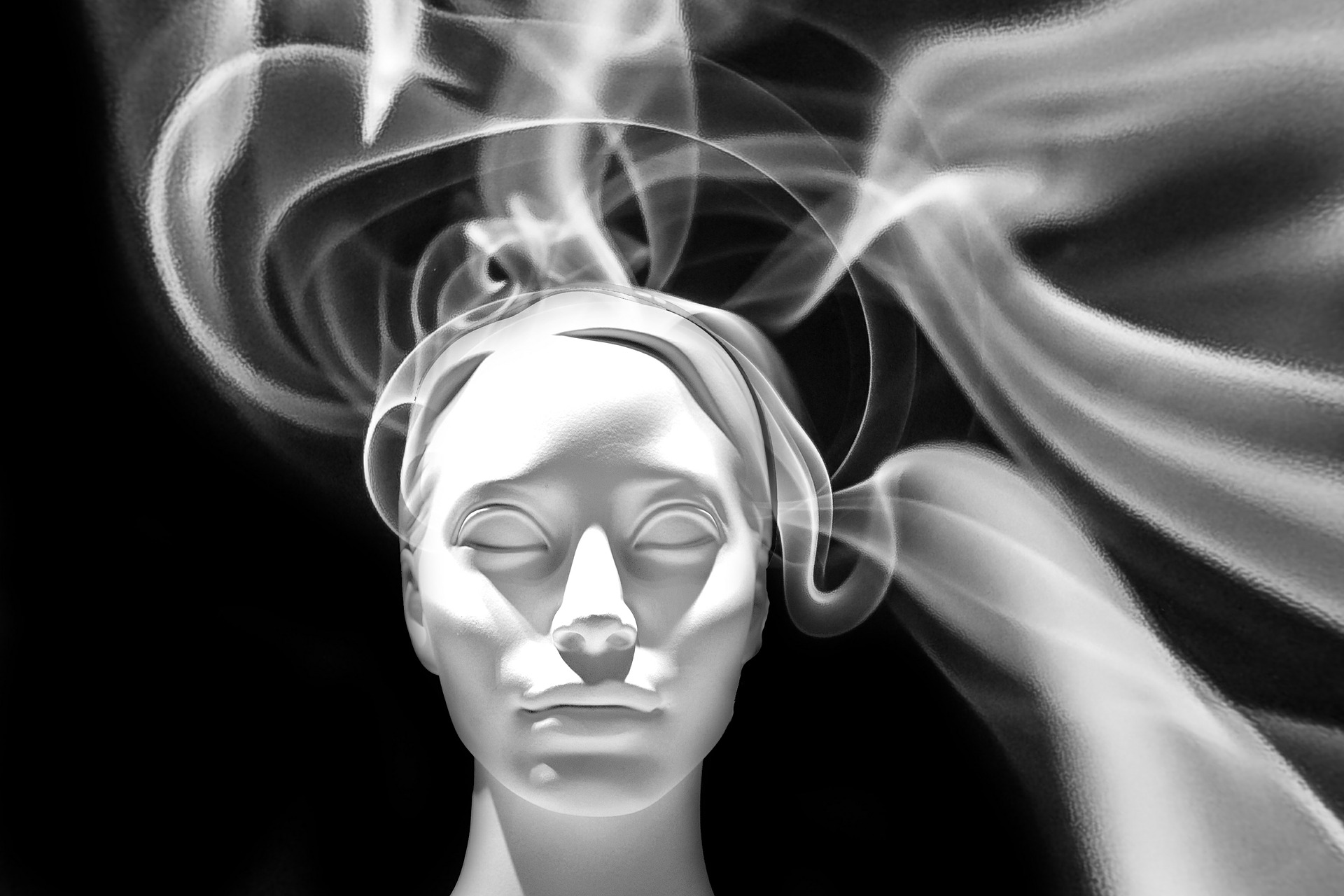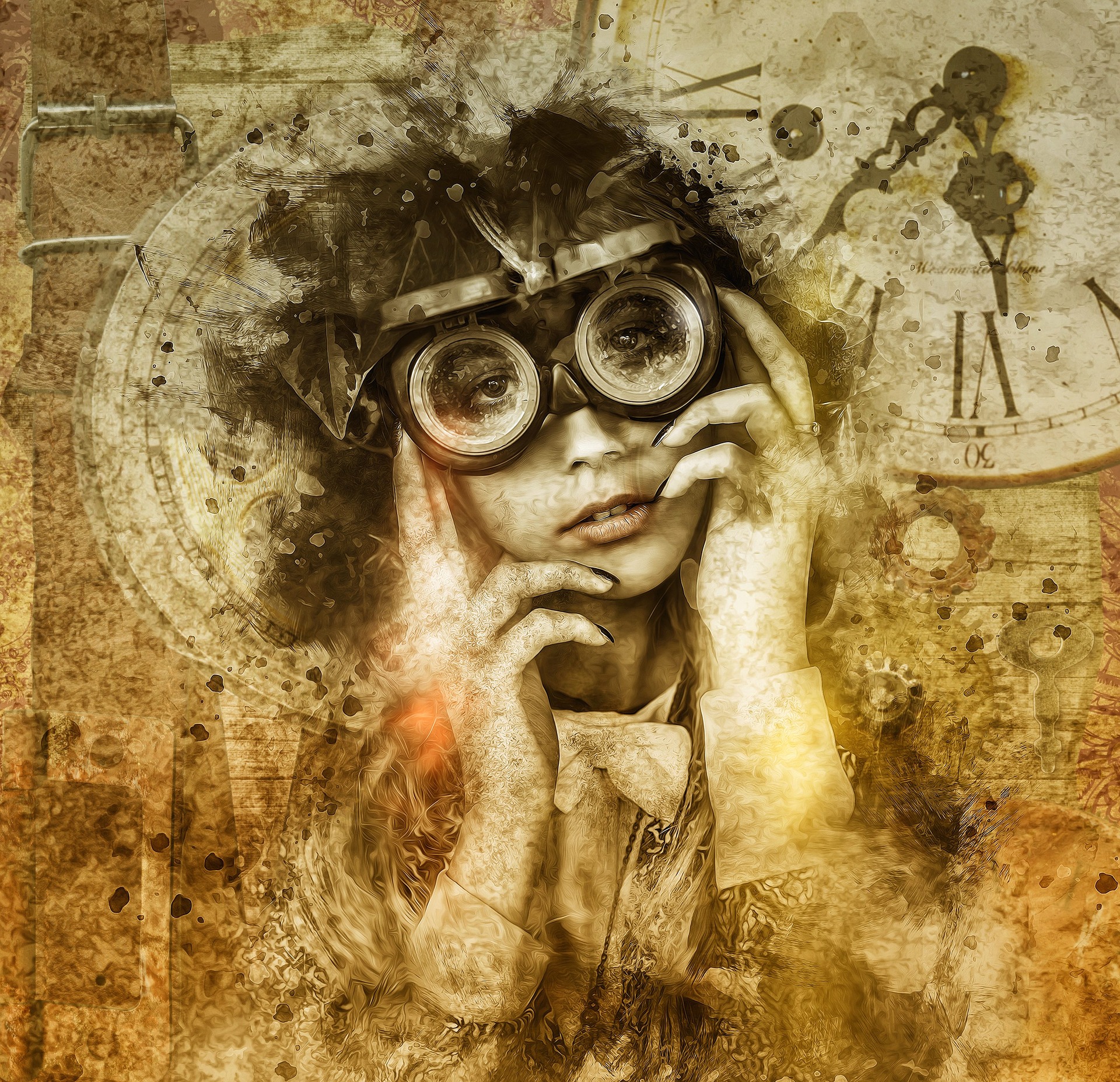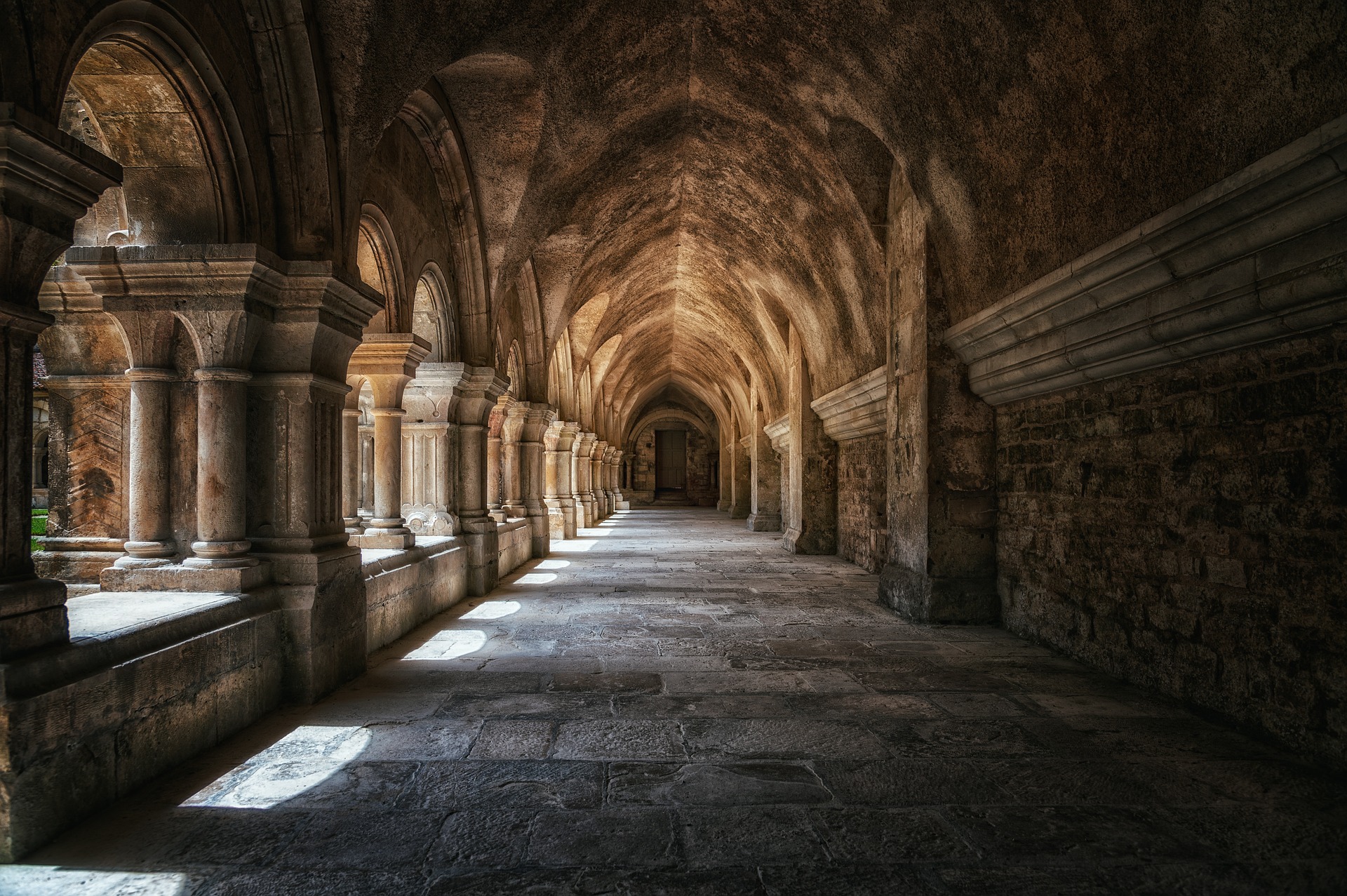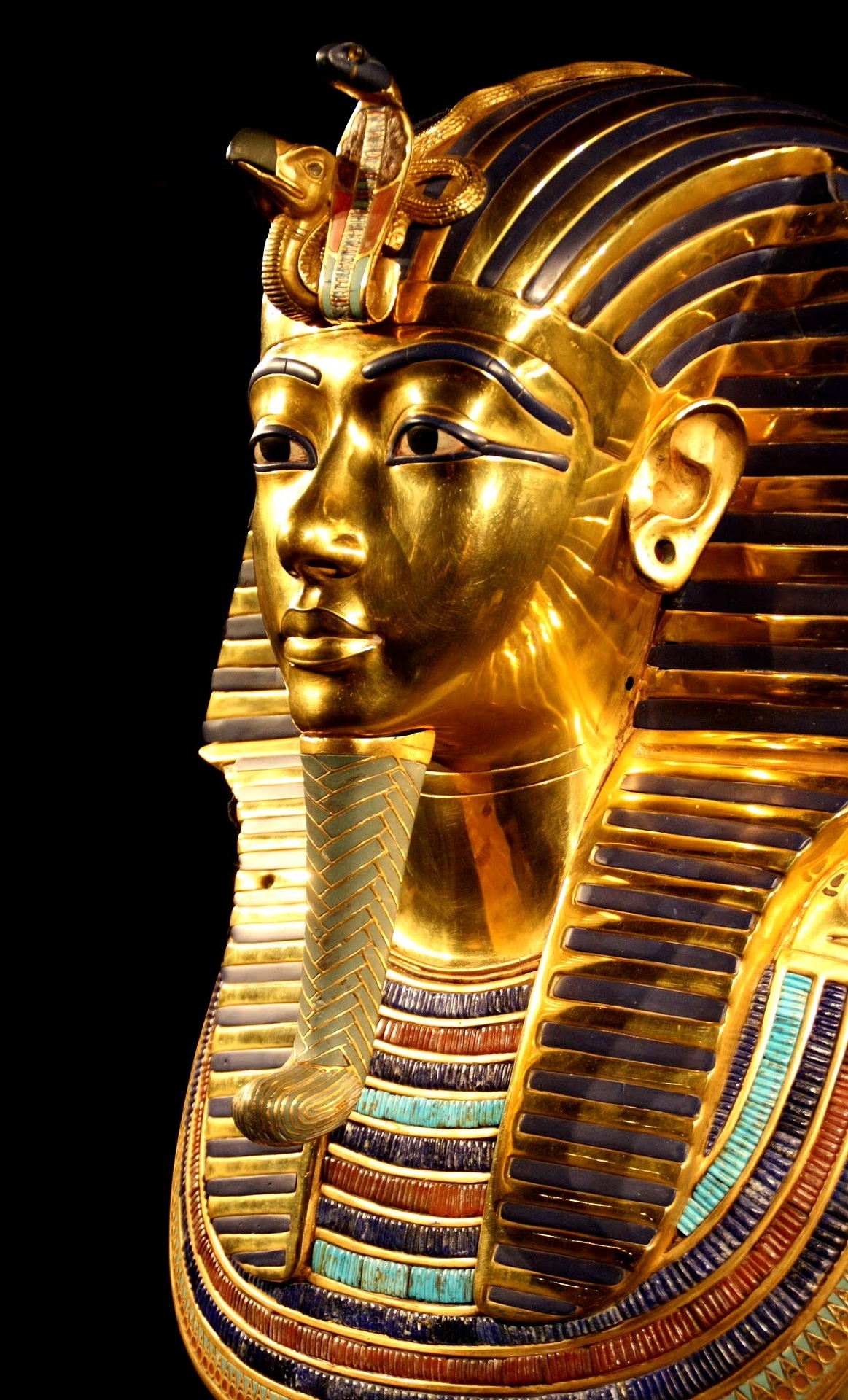Introduction
In the vast tapestry of human history, certain individuals stand out as luminaries whose contributions forever alter the course of civilization. Ada Lovelace, the world’s first computer programmer, is undoubtedly one of these extraordinary figures. Born in 1815, Ada’s journey from her privileged upbringing to the cutting-edge world of computer science is a captivating tale of innovation, determination, and unrivaled brilliance. This article will take you on an exciting adventure through Ada Lovelace’s life, showcasing her pioneering spirit and the enduring impact she made on the world of technology.
The Early Spark of Genius
Ada Lovelace’s passion for knowledge and exploration was ignited during her childhood. Raised by her mother, Annabella Milbanke, Ada was exposed to the world of mathematics and science at an early age. Recognizing her daughter’s exceptional intellect, Annabella made sure Ada received a comprehensive education, fostering her intellectual growth and opening doors to a world of infinite possibilities.
Ada’s journey took a fateful turn when she encountered Charles Babbage, a renowned mathematician and inventor. Babbage, the visionary behind the Analytical Engine—an early mechanical computer design—captivated Ada’s imagination, and thus began their collaboration, setting the stage for her groundbreaking accomplishments.
The Birth of a Visionary
As Ada delved deeper into the realms of mathematics and science, her genius began to emerge. She possessed an innate ability to grasp complex concepts and think beyond the confines of her time. Ada’s collaboration with Babbage led to a momentous event—the translation and expansion of Luigi Menabrea’s article on Babbage’s Analytical Engine.
However, Ada’s contribution far surpassed mere translation. In her extensive notes, she introduced concepts that were nothing short of revolutionary. Ada envisioned a future where machines could do more than calculations—they could manipulate symbols, giving birth to the idea of computer programming. She created an algorithm—an elegant set of instructions—for the Analytical Engine, making her the world’s first computer programmer.
Unleashing the Power of the Analytical Engine
Ada Lovelace’s remarkable algorithm went beyond numbers; it unlocked the potential for machines to perform various tasks. In her visionary notes, she described how the Analytical Engine could generate music, create art, and even simulate human thought processes. Ada’s imagination soared as she saw the limitless possibilities of this invention, propelling the world towards an era of technological advancement.
While her contemporaries struggled to comprehend the implications of Ada’s work, her notes would prove to be a prophetic guide for future pioneers in computer science. Her vision laid the groundwork for the development of computer programming languages, forming the very foundation of modern computing as we know it today.
The Unsung Legacy
Ada Lovelace’s genius remained largely unrecognized during her lifetime. Amidst the societal constraints and skepticism that prevailed in the 19th century, her visionary concepts were met with indifference. It was not until the late 20th century that Ada’s unparalleled contributions to computer science began to receive the recognition they deserved.
Her legacy endured through the tireless efforts of technology enthusiasts and scholars who sought to shed light on her remarkable achievements. The Ada programming language, developed by the United States Department of Defense in the 1980s, pays homage to Ada Lovelace by encapsulating her brilliance within a modern-day coding language. The language stands as a testament to her enduring influence on the field of computer programming.
Ada Lovelace: An Everlasting Inspiration
Ada Lovelace’s impact extends far beyond the realm of technology. Her story serves as a beacon of inspiration for aspiring innovators, emphasizing the power of imagination, determination, and unyielding passion. Ada’s journey continued as a trailblazer, defying societal norms and pushing the boundaries of what was deemed possible.
In an era when women were often confined to traditional roles, Ada Lovelace’s unwavering determination propelled her forward. She shattered barriers, proving that gender should never be a limiting factor in pursuing one’s dreams. Ada’s resilience in the face of adversity is a testament to her indomitable spirit and serves as an inspiration for generations to come.
Ada’s story also highlights the importance of collaboration and interdisciplinary thinking. Her partnership with Charles Babbage, a mathematician and inventor, demonstrates the power of diverse perspectives coming together to drive innovation. Their combined efforts not only pushed the boundaries of technology but also fostered a creative environment where ideas flourished.
Today, Ada Lovelace’s name is synonymous with excellence in the field of computer science. Her pioneering work continues to shape the technological landscape, reminding us of the transformative potential of human ingenuity. From the advent of the internet to the development of artificial intelligence, Ada’s visionary concepts laid the groundwork for the extraordinary advancements we witness in the digital age.
As we navigate the complexities of an increasingly interconnected world, we owe a debt of gratitude to Ada Lovelace. Her audacity to envision a future where machines could think and create set in motion a series of events that have shaped our present reality. Her legacy serves as a constant reminder that innovation knows no boundaries and that the most profound discoveries often emerge from the unlikeliest of places.
In conclusion, Ada Lovelace’s extraordinary journey as the world’s first computer programmer is an exhilarating tale of innovation, determination, and perseverance. Her remarkable insights and visionary concepts continue to inspire and drive the ever-evolving field of technology. Ada’s story encourages us to challenge conventions, pursue our passions relentlessly, and embrace the boundless potential of the human mind. As we celebrate her contributions, let us remember that the path to progress is paved with unwavering curiosity and the courage to push beyond the limits of what is known. Ada Lovelace, the trailblazer, will forever remain an icon in the annals of history, leaving an indelible mark on the world of computer science.




